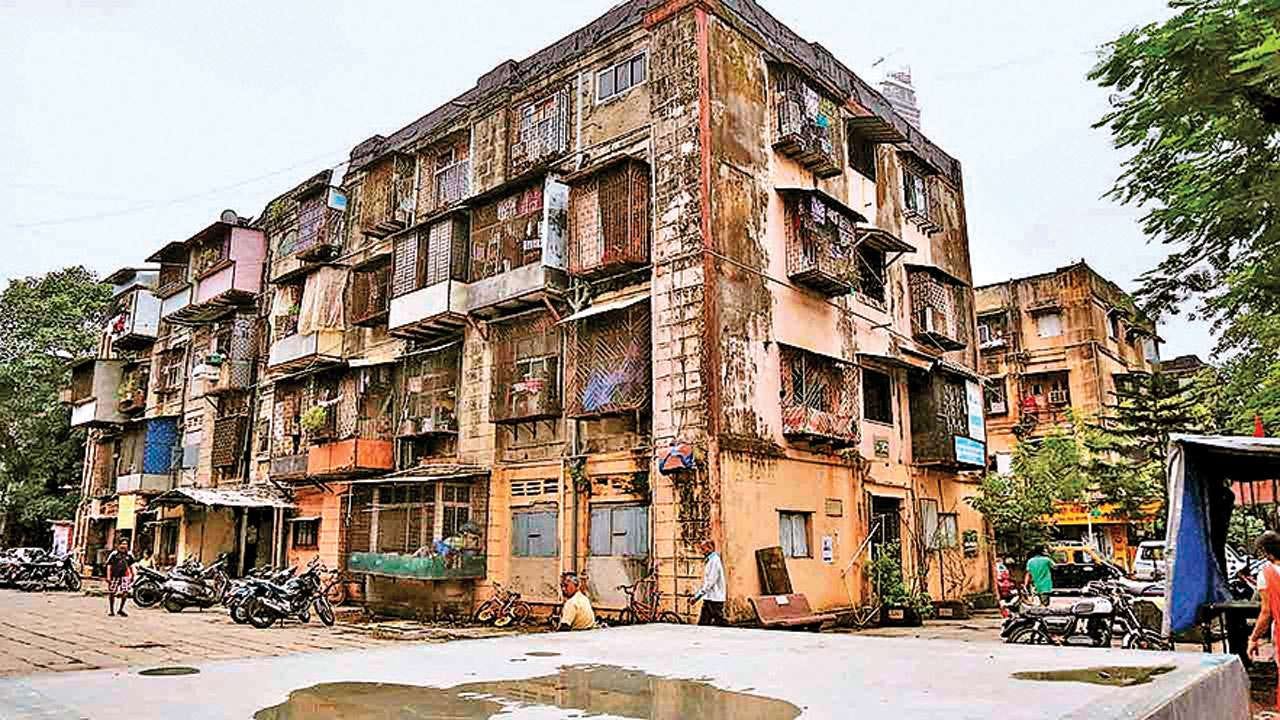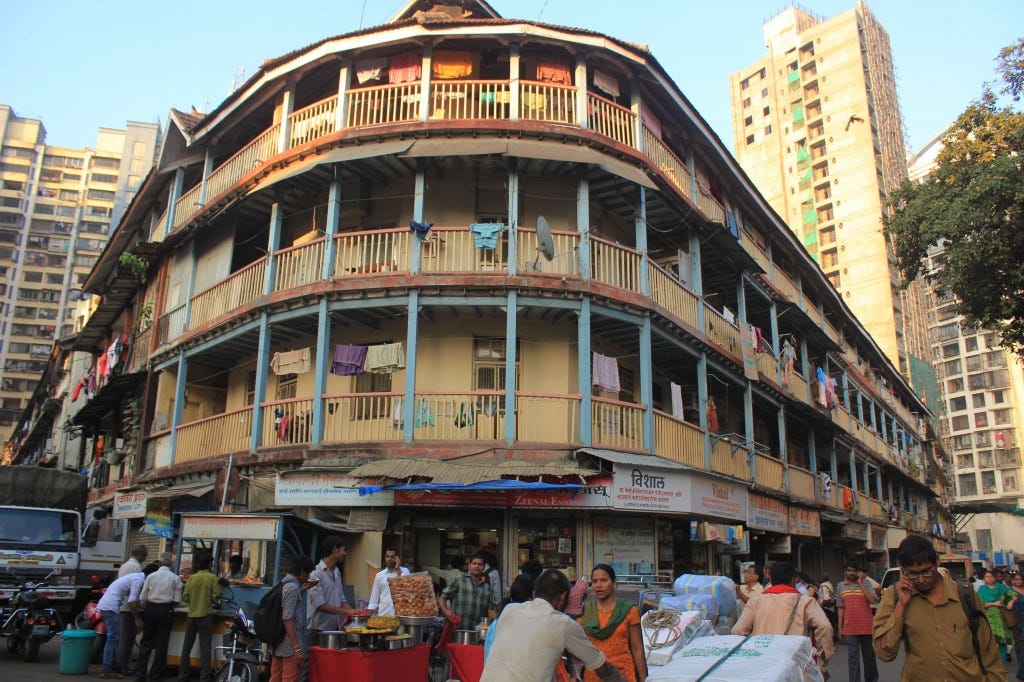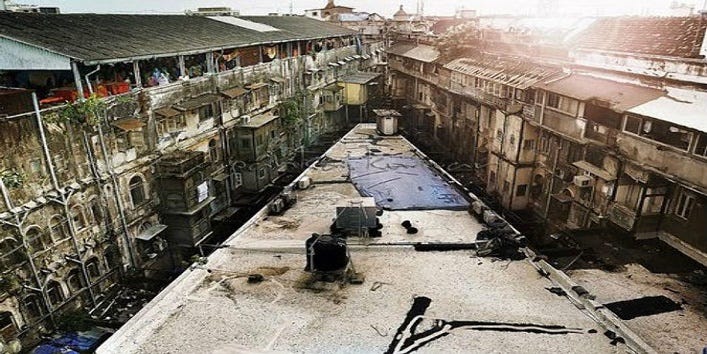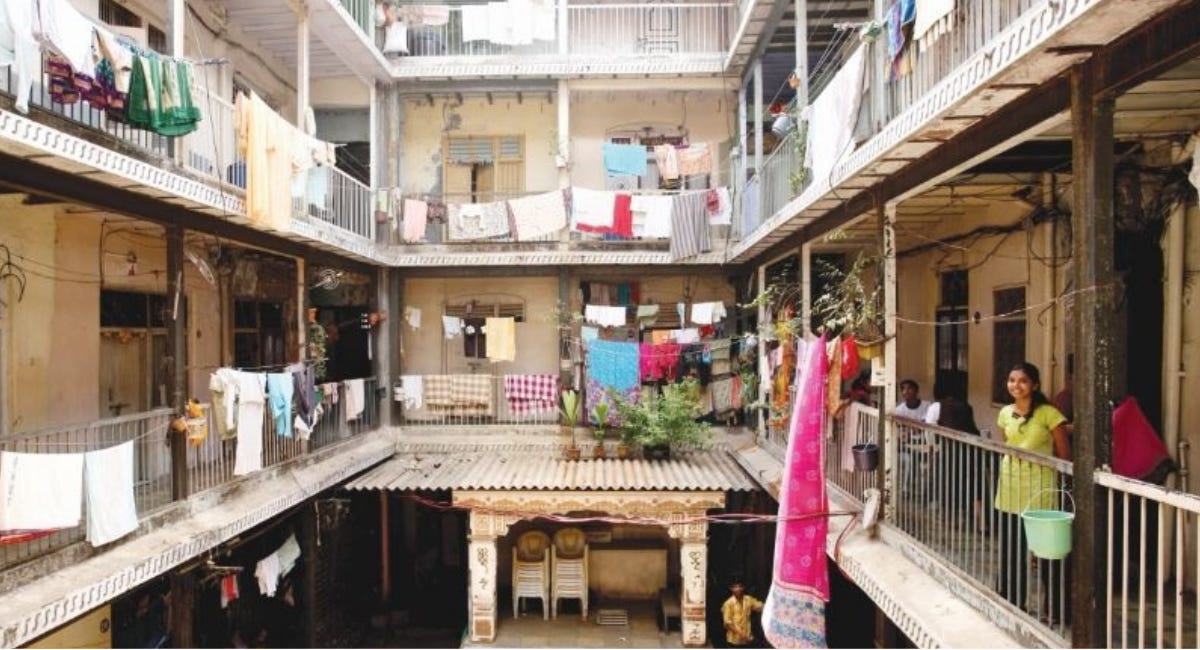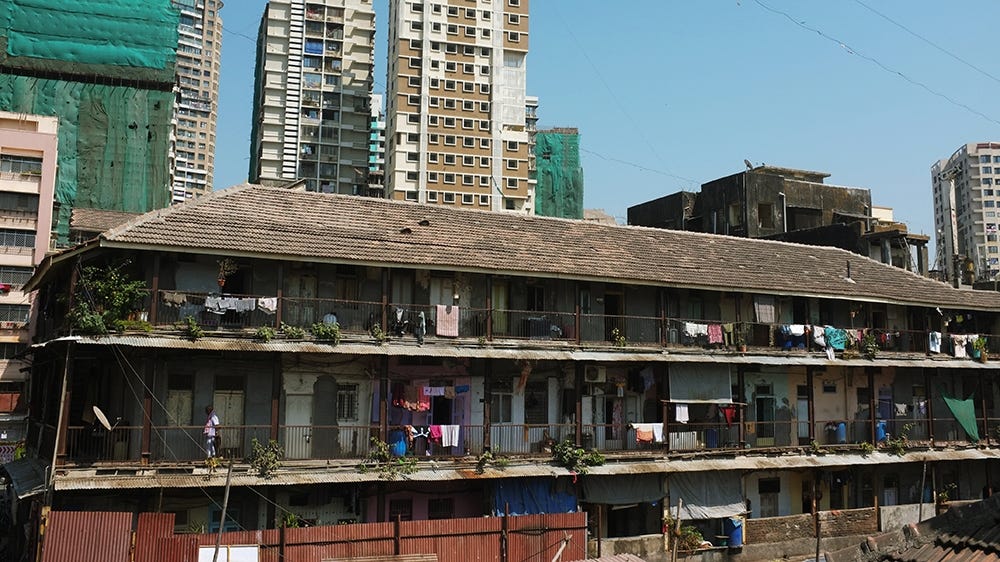The Mysterious Well of D’Souza Chawl, Mumbai’s Most Haunted Place
The "City of Dreams" Mumbai is home to some of the most haunted places on earth, and the D’Souza Chawl is at the top of the list.
The Maximum City
When it comes to the list of incredible cities in India, Mumbai rules the roost. With its beautiful seashores, lip-smacking food, and the movie industry, it has aptly earned the moniker of “The City of Dreams” or the “The Maximum City.” The city is also famous and infamous in many ways.
Mumbai is the second-most densely populated city in the world
Mumbai is the wealthiest city in India
The world’s most expensive home – The Antilla, is in Mumbai
The world's largest slum, Dharavi, is in Mumbai
Mumbai is the only mega city containing the maximum number of haunted places in India.
Yes, haunted places. More than twenty haunted places within Mumbai are not always secluded. In fact, most of these places are teaming with life and bustling with incessant activity during the daytime.
But as the night sets in, the vibe of these places changes, and spooky tales circulated by the locals add to the aura of uneasiness and mystery surrounding these areas.
One such haunted place in Mumbai's Mahim area is the D'Souza Chawl. The spooky stories that abound in this place have earned it the infamous reputation of being the most haunted place in Mumbai. So, if you are the intrepid, dark traveler who likes the fear of the unknown, this place might be just the place for you.
The History of the Chawl
Before we go ahead, let us delve a bit into the history of the Mumbai “Chawls” and their importance in the city's cultural fabric.
As one moves through the busy streets of Mumbai, flanked on both sides by gleaming skyscrapers, one can also see some aberrations in the form of tumble-down, ramshackle low-rise housing units in the most sought-after parts of the city. These are the Chawls, or “chaalis” as they are vernacularly known, and they form an important role in the city's turbulent history.
The story of the Chawls begins with the establishment of textile mills in Mumbai in the early 1900s. These mills caused a surge of employment opportunities in the city, resulting in a large-scale influx of migrant workers from the hinterland.
While job opportunities were plenty, housing near the factories was a problem. A solution was establishing low-cost tenements near the factories to house these migrant workers.
The low-cost housing called Chawls was first established in the Girgaon area, containing the bulk of the factories. Soon they became such a hit that these chawls started spreading up in the rest of the regions from Worli to Byculla.
A distinct feature of these chawls was that they were built to accommodate the entire families of migrant workers. In due course, every chawl became a microcosm of communities, each having its own distinct culture and traditions.
And these very chaali communities, as they are called even now, have been instrumental in several community movements in pre-independent India. Ganesh Chaturthi, Mumbai’s iconic festival, was introduced by freedom fighter Bal Gangadhar Tilak in the early 20th century in a Mumbai Chawl.
Similarly, the Dalit Panthers movement, an organization that fought against the caste system, was started in a Chawl. Even Mahatma Gandhi’s famous Quit India movement can trace its origin to the chawls of Mumbai.
Chawls have been an integral part of the potpourri of Mumbai and have been well-represented in movies, serials, plays, and books. Today it is difficult to imagine Mumbai without these communal housing units that represent the cultural collectiveness of the bustling megapolis.
The Story of the D'Souza Chawl
Situated in the bustling region of Mahim and flanked by shops and skyscrapers, the D Souza Chawl looks like hundreds of chawls dotting the landscape of Mumbai.
The structure is an unremarkable three-storied building housing hundreds of families living in one to two-room tenements. Community festivals, lack of water, power outages, gossip, and love stories, there is nothing remarkable or unique about this chawl at first glance.
The only major problem was water; the chawl was facing one of its worst water crises in two decades. The residents were at their wit's end and enlisted an expert's services to find underground water within the chawl premises.
Luckily, some traces of underground water were found in the center of the chawl. A well was dug, and the problem of water was finally solved. The only mistake that was made was that the well was left open without any protective walls. The people living in the chawl thought building a wall around the well was unnecessary.
Little did they realize that the open well would be a disaster and haunt them for a long time.
The Death of a Lady
One night, a woman from one of the families felt thirsty, and unfortunately, there was no water in her house. So, she went to the open well to fetch some water. She slipped and fell inside. She cried for help and shouted the whole night. Unfortunately, no one heard her agonizing wails as the lady gradually suffocated to a slow, agonizing death.
Some chawl women found her lifeless body in the well the next day. They removed her body, and the chawl dwellers sealed the well for good. The woman's family could not bear the grief and left the chawl soon after. The chawl dwellers soon found another water source within the chawl premises, and the unfortunate incident was forgotten.
However, the stories of the lady who fell refused to die. After this unpleasant incident, many people have seen the ghost of this lady roaming in the vicinity of the old well several times. A few people even mention that they heard her wails and cries for help; some even claim to have heard the sound of her anklets as she walked around the closed well.
However, these stories also raise some unanswered questions.
Who was the lady? The people living in the chawl say that the lady was born there, but nobody knows any details about her.
Why was no police case registered for drowning?
And the biggest, why was there no attempt to open the closed well to find the truth?
Although the lady of the well has not harmed anybody yet, the residents of the Chawl are advised to keep away from the well, especially at night. One can never know how much of it is a myth and how much is true, but the mystery of the lady of D Souza Chawl is not going to get solved any time soon.
Top 10 Haunted Places in Mumbai for the Dark Tourist
1. D’Souza Chawl
2. Tower of Silence
3. Nasserganj Wadi
4. St. John’s Baptist Church
5. 8th Floor, Grand Paradi Towers
6. Poonam Chambers
7. Taj Mahal Hotel
8. Santa Cruz West
9. Juhu Pawan Hans Quarters
10. SNDT Girls’ College
Sources
· India’s Most Haunted: D’Souza Chawl in Mahim
· D'Souza Chawl - Most Haunted Place in Mumbai
· D’souza Chawl of Mahim, Mumbai
· Haunted Places in Mumbai That Are Sure to Send Chills Down Your Spine
· The Inception and Evolution of Chawls of Mumbai
· Chawls of Bombay—An Introduction




